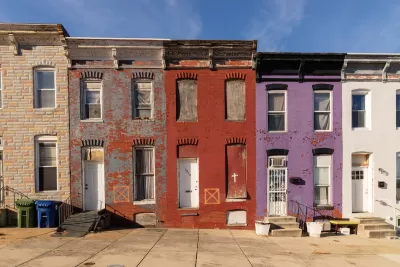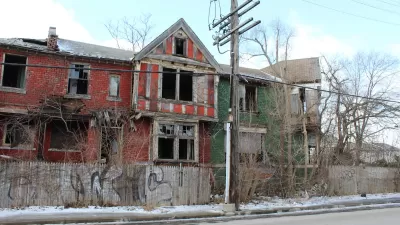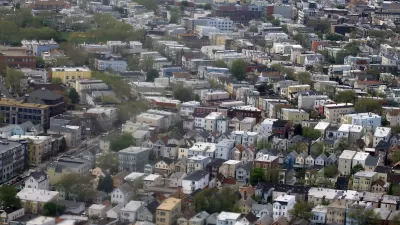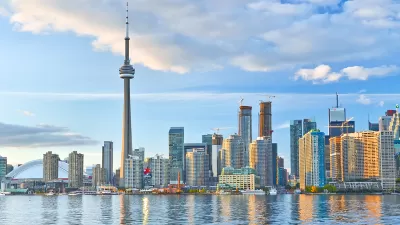The city and state are investing $3 billion in rescuing vacant residential properties to promote homeownership and reduce blight.

Baltimore officials are taking steps to transform vacant homes into usable housing to create more affordable housing and eliminate ‘blight,’ report Dillon Mullan and Dan Belson. Maryland Governor Wes Moore set a goal of transitioning 5,000 units to “homeownership or other positive outcomes” in the next five years.
The city is combining state and city funding to initiate a $3 billion effort aimed at repurposing the city’s 13,000 vacant homes over the next 15 years, with $300 million coming from an industrial development authority and tax increment financing (TIF) bonds. “The TIF structure would allow the city to borrow millions of dollars to help fund the acquisition, remediation and sale of vacant properties. The debt would be paid off with new tax revenue expected to be generated by the improved properties.” Unlike prior TIF initiatives, this proposal would cover vacant properties in a noncontiguous area to include parts of the city with high vacancy rates.
Under a new state law enacted earlier this year, Maryland jurisdictions will be allowed to create vacancy taxes to stimulate development and prevent property owners from letting vacant homes or lots languish unused.
FULL STORY: State and Local Officials Eye Vacant Houses for Repurposing

Study: Maui’s Plan to Convert Vacation Rentals to Long-Term Housing Could Cause Nearly $1 Billion Economic Loss
The plan would reduce visitor accommodation by 25,% resulting in 1,900 jobs lost.

North Texas Transit Leaders Tout Benefits of TOD for Growing Region
At a summit focused on transit-oriented development, policymakers discussed how North Texas’ expanded light rail system can serve as a tool for economic growth.

Why Should We Subsidize Public Transportation?
Many public transit agencies face financial stress due to rising costs, declining fare revenue, and declining subsidies. Transit advocates must provide a strong business case for increasing public transit funding.

How to Make US Trains Faster
Changes to boarding platforms and a switch to electric trains could improve U.S. passenger rail service without the added cost of high-speed rail.

Columbia’s Revitalized ‘Loop’ Is a Hub for Local Entrepreneurs
A focus on small businesses is helping a commercial corridor in Columbia, Missouri thrive.

Invasive Insect Threatens Minnesota’s Ash Forests
The Emerald Ash Borer is a rapidly spreading invasive pest threatening Minnesota’s ash trees, and homeowners are encouraged to plant diverse replacement species, avoid moving ash firewood, and monitor for signs of infestation.
Urban Design for Planners 1: Software Tools
This six-course series explores essential urban design concepts using open source software and equips planners with the tools they need to participate fully in the urban design process.
Planning for Universal Design
Learn the tools for implementing Universal Design in planning regulations.
City of Santa Clarita
Ascent Environmental
Institute for Housing and Urban Development Studies (IHS)
City of Grandview
Harvard GSD Executive Education
Toledo-Lucas County Plan Commissions
Salt Lake City
NYU Wagner Graduate School of Public Service





























